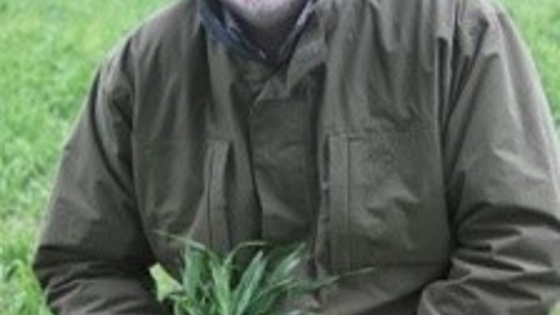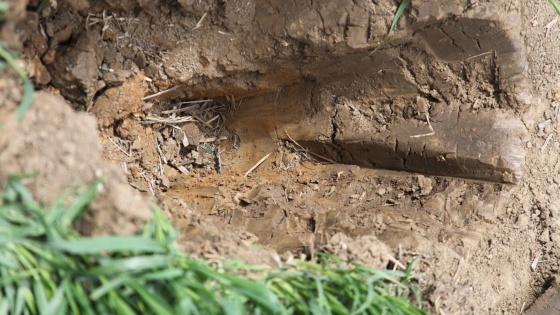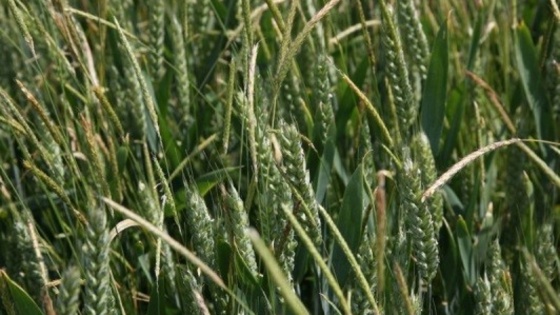Soil Management - Black grass
Our Expert
Neil Fuller
Our expert on weed control through soil management is Neil Fuller. Soils health is the capacity of soil to function as a living system. Healthy soils maintain a diverse community of soil organisms that help to control plant disease, insect and weed species. Soil health is influenced by the dynamic interactions that occur between the physical, chemical and biological components of the soil. Measuring soil health is therefore crucial in order to keep these interactions in balance.

Soil Management
Control of Black-grass
Compared to most arable crops, black-grass thrives in cold, wet soil conditions that effectively provide a competitive advantage for it, both in terms of physiological development and seed survival. Maintaining good drainage and an aerobic soil structure is important. Soils with a high clay content and poor structure, and soils that maintain high water content, will favour Black-grass. To assist cultivation practices designed to improve Black-grass control, soil physical conditions can be improved by applications of organic matter and Gypsum. Organic materials such as manures, composts and digestants stimulate biological functions that influence soil aggregate formation and move soils towards a more aerobic state. This is often associated with an increase in Nitrogen and Phosphorous mineralisation that can encourage arable crops to establish quicker and become more competitive. Gypsum can be used to similar effect, in terms of soil aggregate formation, particularly in soils with a high Magnesium content. As Magnesium has a very high affinity with water, clay soils dominated by Magnesium tend to remain within plasticine limits for long periods of time, affecting cultivation days, soil structure, soil water movement and soil temperature.
These are all conditions that favour Black-grass. Applications of Gypsum can be used to displace Magnesium on the clay colloid and replace it with Calcium. This simple exchange can have a significant impact on soil micro-pore formation, water movement and soil structure. Both Gypsum and organic soil amendments work better, at lower application rates, in non-inversion cultivation systems.
As both Calcium and Magnesium influence soil pH, standard soil testing may not be a good indicator of Gypsum requirement. Soils with a high Magnesium content (Mg index over 3) but low pH (below 6) may benefit from Calcium lime rather than Gypsum. Soils with high Magnesium and high pH are more likely to require Gypsum. In order to accurately identify both the right material to use, and the application rate required, more in-depth soil analysis may be required. Soil conductivity mapping can be used to target applications relative to clay content.
Ensure good drainage via mechanical or high Gypsum content (NOTE: if pH is low, liming can give effective increased levels of Ca.; If pH is balanced and S levels are low gypsum can be especially effective.

One issue related to high Magnesium soils specifically, and alkaline (high pH) soils generally, is that soil Phosphorous is often slow to become plant-available. This is made worse by cold, wet soil conditions. As Phosphorous drives root development and speed of growth, this can influence crop establishment. Fertilisers such as Ammonium phosphate (7.20.0 or MAP, DAP) placement close to the emerging crop at drilling can promote faster, more uniform establish in the crop. Seed treatments (Phosphorous, Manganese, biological) can have similar effect, allowing crops to establish faster, express genetic yield potential better, and compete more aggressively for space, light and nutrition.
Standard soil test results that show pH over 7 and P index below 2 would indicate that these techniques would be useful. Placement fertiliser and seed treatment reduces the ability for Black-grass to benefit from nutrient applications. Targeting root development in the crop will assist in nutrient recovery and can reduce the amount of Nitrogen available to Black-grass. Maintaining effective Nitrogen uptake in the crop, by targeted applications of Sulphur, Manganese and Magnesium (especially on high Mg soils) can provide the crop with a more competitive canopy that reduces both light interception and nutrient availability for Black-grass, which may reduce weed seed return.
Cover cropping can be an effective soil improvement option that assists Black-grass control, both in the short term and over the course of the rotation. A cover crop establishing in the stubble of a previous combinable crop, will provide a degree of competition for emerging Black-grass, while driving root mass and Carbon in to the soil, to promote biological process that build and maintain soil structure. In soils with high Black-grass densities, cover crops could be established with lower seed rates, to assist the efficacy of herbicides used to desiccate and destroy the cover crop and the Black-grass emerging within it. At high seed rates, cover crops will have more impact on soil conditions and nutrient re-cycling, but may reduce the ability of herbicides to penetrate the canopy and hit the Black-grass. The timing of cover crop destruction relative to establishing the following arable crop can have a major influence on both Black-grass control and the establishment, growth rate and yield of the arable crop.
While stale seedbeds and cover crops can be used to promote Black-grass germination and control, the timing and management of these techniques provide effective evolutionary stress on Black-grass. Given the broad germination and dormancy characteristics of Black-grass, cultural and chemical control strategies run the risk of effectively selecting against Black-grass with low dormancy and early germination, inducing a shift in Black-grass population dynamics towards higher dormancy and later germination. To combat this, cultural controls need to be considered over the entire rotation, and should be integrated with appropriate use of selective pre- and post-emergence herbicides.

